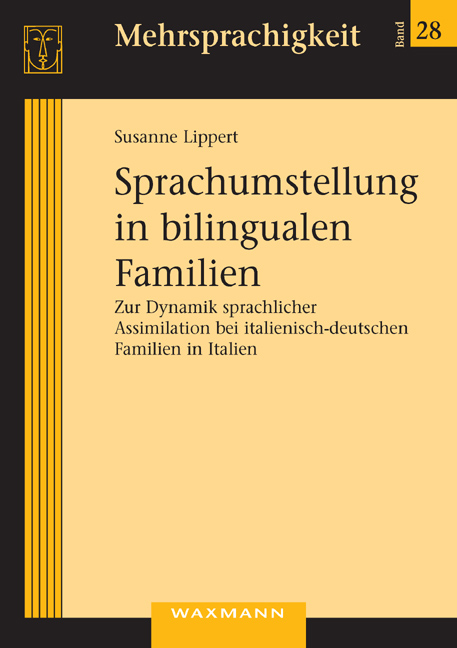Susanne Lippert
Sprachumstellung in bilingualen Familien
Zur Dynamik sprachlicher Assimilation bei italienisch-deutschen Familien in Italien
2010, Mehrsprachigkeit / Multilingualism, Band 28, 1. Auflage, 352 Seiten, E-Book (PDF), 26,90 €, ISBN 978-3-8309-7338-6
Riassunto
Argomento di questo libro è la difficoltà che incontra un’educazione bilingue in un ambiente monolingue, soprattutto se si usa il metodo “one person – one language”. Il processo dell’assimilazione linguistica, il cosiddetto language shift, viene analizzato nei suoi vari aspetti e descritto in modo dettagliato con particolare riferimento a una costellazione di famiglie italo-tedesche che vivono a Roma. È stata presa in esame per due volte a distanza di cinque anni la situazione linguistica in undici famiglie: in questo modo è stato possibile documentare il divario tra lo sviluppo effettivo e le aspettative teoriche, e individuarne le motivazioni. A questo riguardo viene mostrato come l'adozione da parte dei figli della lingua dell’ambiente, la cosiddetta “lingua forte”, non dipenda da uno scarso impegno dei genitori ma da altri fattori. Lo studio mette in luce, appunto, i fattori che influenzano il processo dell’adattamento linguistico familiare e che determinano il livello di bilinguismo raggiunto nei singoli casi.
Abstract
The study focuses on the difficulty of raising children bilingually in a monolingual community, especially when using the „one person – one language“ approach. It shows that the tendency of children to switch to the community's language does not follow from a lack of commitment by the parents. The process of language shift towards the stronger language, the language of the surrounding community, is analyzed and described in detail, considering the special constellation of Italo-German families in Rome, Italy. Against the background of current theories about bilingual language education the actual language situation in eleven bilingual families was reviewed twice in five years, thereby documenting the contradiction between theory and practice. As a result, several factors influencing the process of linguistic adaptation to the dominant language and the more or less successful bilingual education have been identified and are described in this book.

